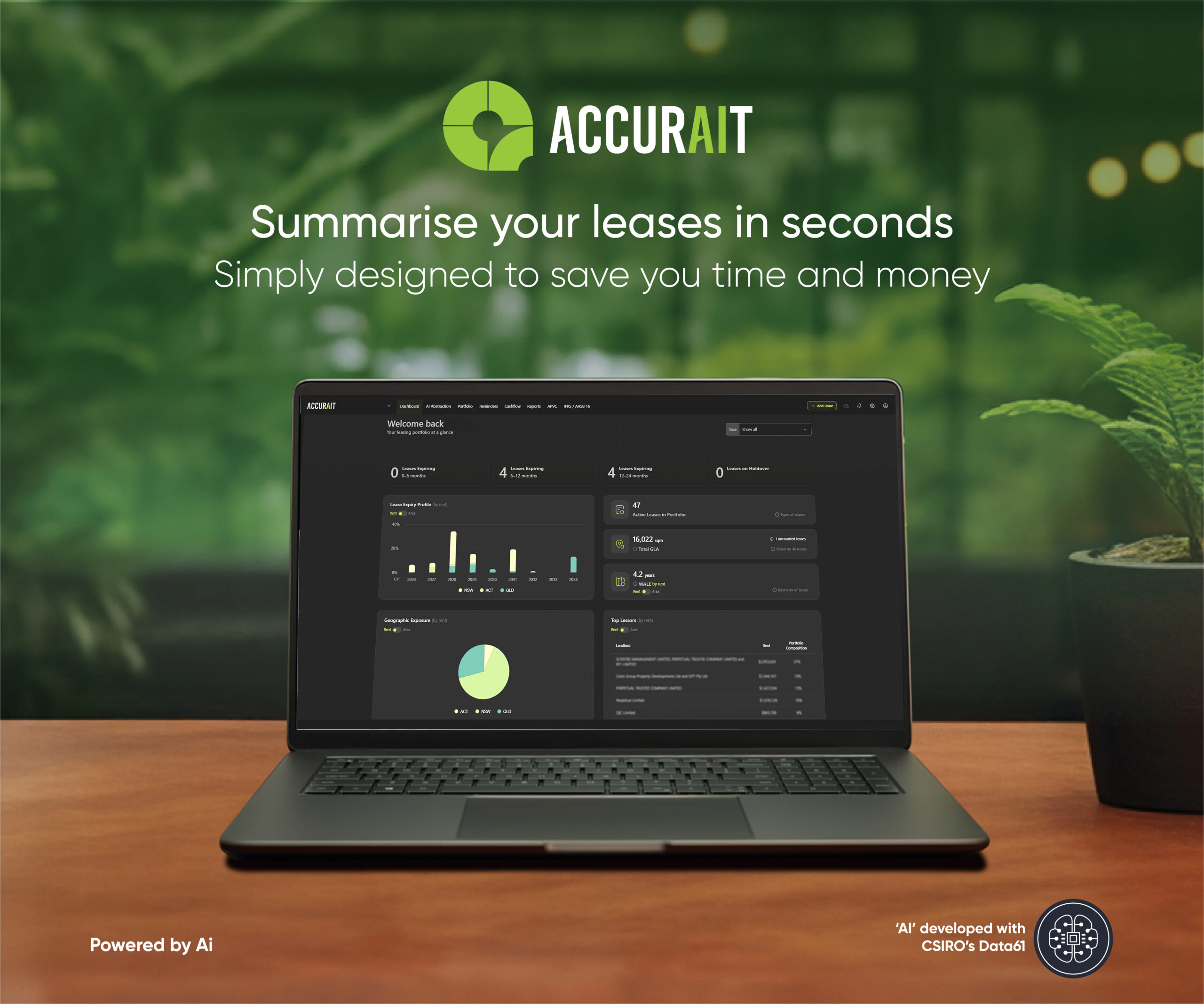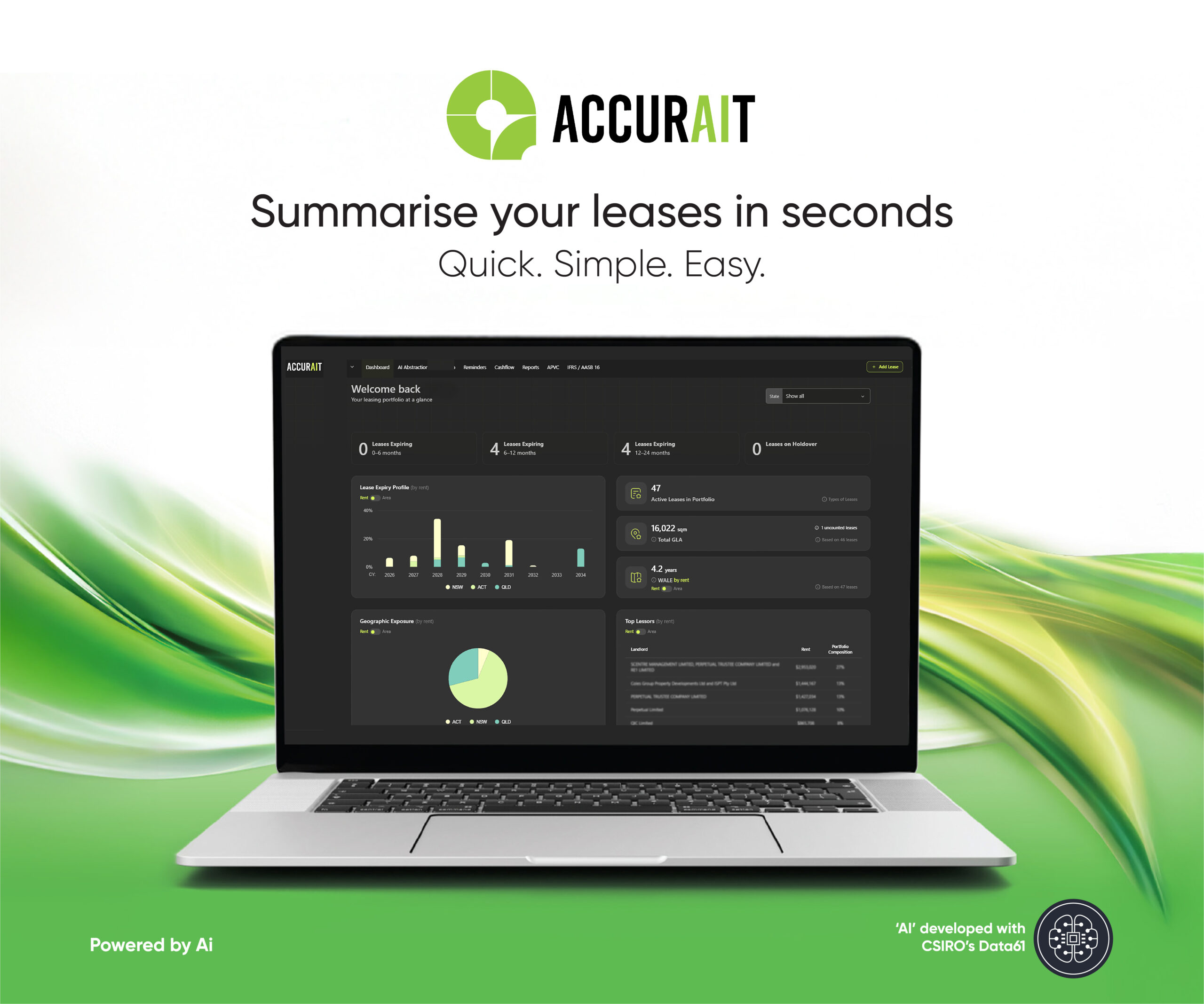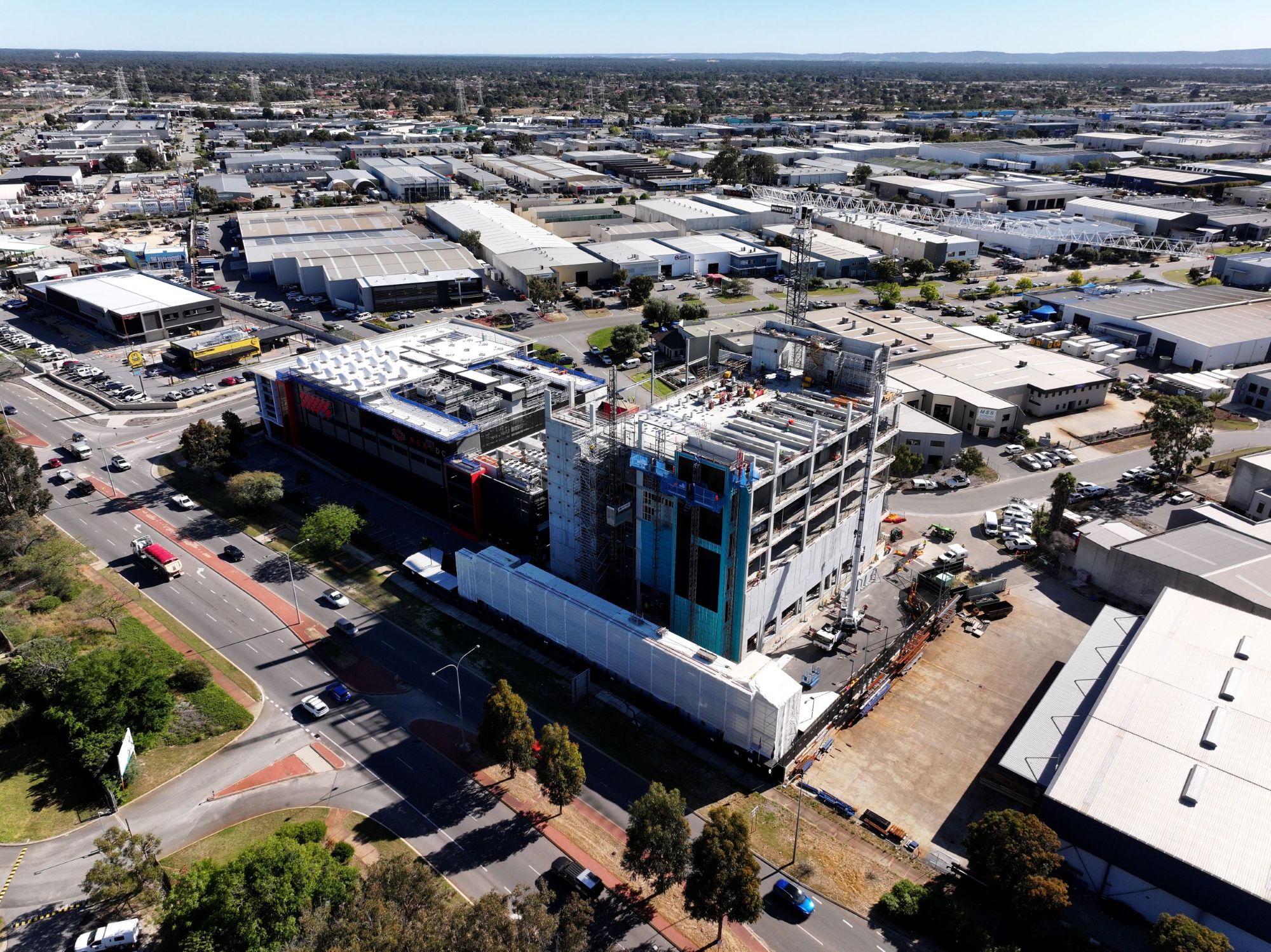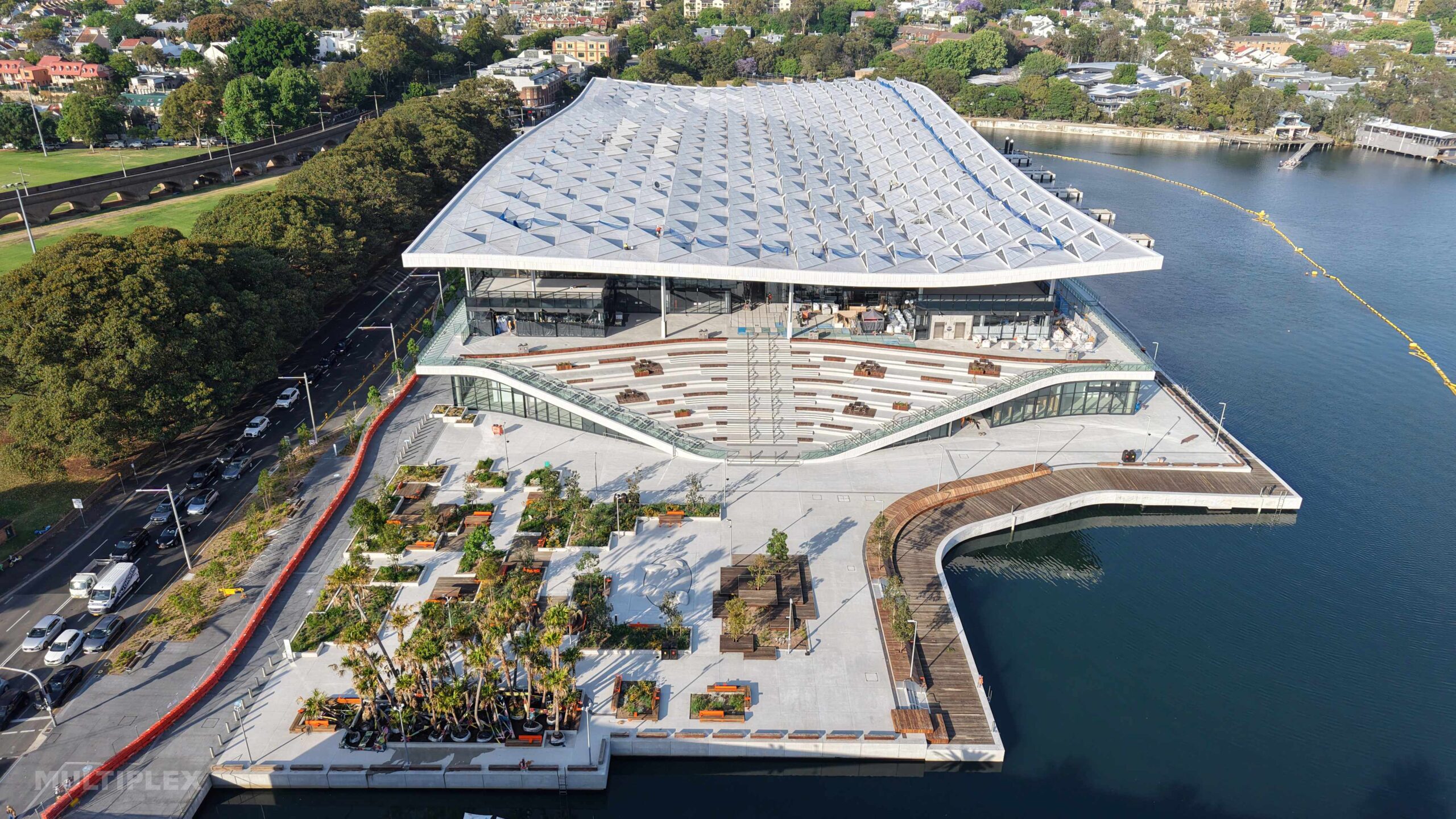
Report shows steady costs per lots, regional variations, and a narrowing window for developers to act before expected increases in 2027.
A new report from Colliers Engineering & Design (CED) reveals that development costs per lot in Victoria have stabilised at an average of $133,000, marking a 9.6% year-on-year increase. While this is a notable rise, it is significantly lower than the post-COVID surges seen in previous years.
Drawing on data from approximately 17,000 lots across seven key growth councils, the report provides a detailed breakdown of internal and external civil costs, core components of development expenditure, based on 2023–2024 feasibility studies, active developments, and tendered projects.
Internal civil costs, covering infrastructure within development sites (e.g. roads, drainage, utilities), rose modestly by 5% to $69,419, reflecting a more competitive market for shovel-ready estates.
External civil costs, which connect developments to broader infrastructure, declined from $17,102 to $11,779, as developers increasingly avoid projects with high external costs and uncertain timelines.
Authority charges rose by 13%, largely due to the transition from the Developer Contribution Plan (DCP) to the Infrastructure Contribution Plan (ICP), which increased land acquisition requirements and associated costs. The rise in community land contributions—from 8–10% to 12–14%—combined with higher land values, has had a significant financial impact.
Karl Rogers, Director of Client Relationships & Strategic Projects at CED, noted, “We anticipate a moderate 2–3% increase in the cost per lot over 2025, primarily due to mid-year adjustments in statutory fees linked to CPI and land valuations.”
He added, “While civil construction costs remain relatively subdued, developers should act strategically. Now is an opportune time to lock in designs and tenders before anticipated cost increases in 2027.”
The report also highlights regional variations. In Melbourne’s west, Melton and Wyndham recorded increases of 7% and 7.7% respectively, while Whittlesea in the north saw a 9.5% rise. Mitchell’s more modest 3.3% increase was attributed to a higher proportion of smaller lots and built-form products. The south-east, particularly Casey, experienced the steepest rise at 18.4%, driven by complex site conditions requiring extensive earthworks and retaining structures.
Rob Spenceley, State Director for Victoria at CED, commented, “Developers are increasingly concerned about the timing and cost uncertainties associated with Cultural Heritage management. These processes can add 18 to 24 months to a planning application and often represent the critical bottleneck in bringing land to market. Melbourne Water’s resource constraints have also created significant challenges in delivering timely and cost-effective drainage outfalls, particularly in the south-east.”
Despite these challenges, the report identifies a potential advantage. With fewer active projects in the pipeline, developers now have greater access to authority, consulting, and contractor resources. The slowdown in the government’s Big Build program has also eased supply-side pressures, creating a window of opportunity for developers to advance key designs and tender works while rates remain competitive.
“Now is the time to push forward with infrastructure design and tenders,” Mr Spenceley added. “Delays in action could lead to higher rates and extended timeframes once demand surges again. Strategic planning, including early engagement with authorities and collaborative precinct-wide solutions, will be essential to unlocking land efficiently and cost-effectively.”
With 1,356 active estates currently offering lots for sale across Victoria’s growth corridors, the report underscores the importance of timely, data-driven decision-making in a market where affordability and supply remain in delicate balance.











